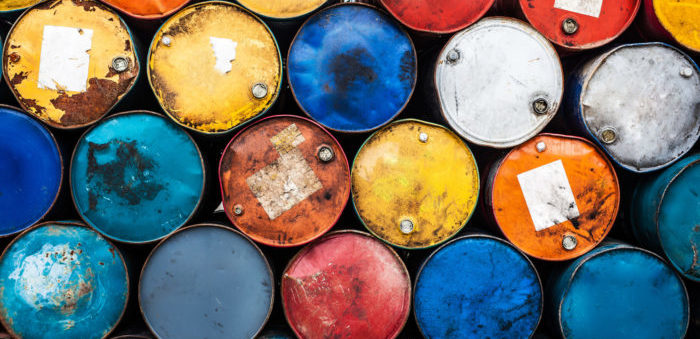The Swedish Club in its August monthly safety scenario focuses on a large container vessel that was sailing on a SE course in the North Atlantic, bound for a European port. While sailing the weather got worse and the wind reached Beaufort scale 9, resulting to 7-metre waves. The vessel was hit on its starboard side, causing heavy rolling. The maximum rolling was 20o to starboard and 30o to port.
How it happened:
During the vessels transmit, in morning hours, the OOW heard a noise astern of the bridge. When him and the master, that was already on the bridge, looked to see what happened, they saw some of the container bays had collapsed and that some containers had fallen into the empty bays.
The containers that collapsed were all 20’ TEU and were stowed within four bays. In the meantime, the seafarers saw that the side containers on the starboard side had toppled inboard to port into an empty space. However, some containers had also fallen overboard.
After the accident, the master sent a security warning via VHF, and in light of the heavy weather he ordered a more easterly course of ESE and reduced speed from 16 knots to 7 knots
In the meantime, as the Chief Officer said that, as he did and according to the vessel’s procedures, the lashings have to checked before every departure. The Chief Officer had signed the lashing report in the loading port without any deficiencies.
The vessel had a maximum aft draught of 10 m and a GM of 11 m which made the vessel stiff. Meaning that the vessel returned to the upright position quickly after being heeled by an external force, as wind or waves.
In light of the incident, Swedish Club informs:
- If a vessel is stiff, rolling will generate increased acceleration, creating increased force on those areas of the vessel progressively further away from its neutral axis, which is where the top side containers collapsed.
- A high GM will cause the ship’s roll motions to match the contour of the wave, giving rise to more severe roll motions.
- The GM can be reduced by ballasting the vessel, however this was not done by the crew in this particular case.
- The combination of unlocked twist locks and a very stiff vessel sailing through heavy weather led to the collapse of the container stacks.






























































